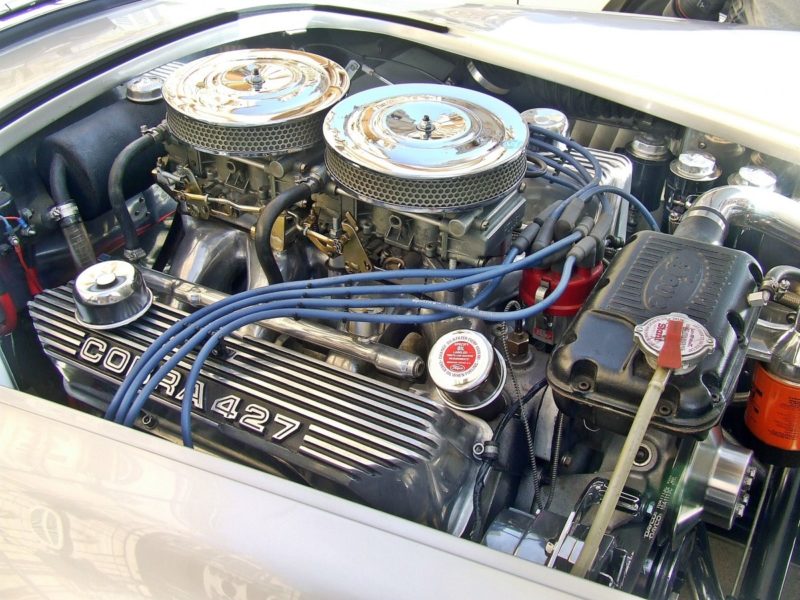How to test a heater core? Test if it is working correctly with touching the hoses to be hot or warm. One of these hoses might be a bit cooler than others, but not that much.
One symptom to notice is the hose is hot while the other is cold or cool to the touch. In this case, yours is a clogged heater core that requires flushing it out.
You may sometimes force the cleaner and compressed air in the heater core, clearing the blockage. Try this before replacing the heater core. Remember that replacing the heater core as part of the HVAC system inside the dash requires work. So, clear the blockage before attempting a replacement. Without further ado, read this article further!
Understanding First The Heater Core
What is a heater core? It is a bit radiator to see inside the dashboard. The coolant from the engine goes through this while the fan blows the air from corner to corner. You will feel the warm air coming from HVAC vents resulting from this process. The heater’s performance is greatly affected by the cooling system or heater core problem. The use of stop-leak products causes the heater core not to work correctly. If there is leakage in the coolant you try to fix, but no heat or such reduces, blockage in the heater core is causing the issue.
Corrosion is also one reason why the heater core is not working correctly. The heater core clogs up, causing you to run straight water in the cooling system or cooling system full of rust and scale. Inspect the coolant and eliminate the radiator cap with an excellent engine. The heater core is not the first to look if it has no contaminants, but it comes in a lovely color.
Other issues might cause the heater core not to work if it looks black or brown and fills with rust. Flush the cooling system and the heater core if these contaminants are visible, thus preventing problems in the future. See and test the heater core if it is clogged with the hoses as they go into the firewall. Look at the bulkhead or firewall if two hoses close together. These hoses are the feed, while the return hoses are for the heater core. Feel these hoses while the engine is warm and is running.
Tool Useful To Test A Heater Core
The Temperature Testing Tool, 5811585, makes a valuable and simple tool for removing the guesswork out in temperature diagnostics. It is helpful in identifying poor airflow or restrictions in the system’s evaporator and condenser flooding levels, as this is true with the expansion valve and orifice tube performance, including the receiver drier in a refrigerant flow. Moreover, this tool helps diagnose a lousy thermostat or blocked heater core. Determine the proper functioning of the thermostat or the internal restriction in a heater core. Get one wand connected to the heater core’s inlet; either you clamp it on the heater hose or the exposed metal while the second is in the outlet.
Testing A Heater Core?; Is It Bad?
So, how to test a heater core? The heater core may not be as hot as it must be in your car. The heater core is a little radiator in the dashboard, next to the passenger side at the back of the glove box area. Two small water hoses are under the hood on the vehicle’s passenger side. They go to the two metal tubes right through the heater core and should be at the vehicle’s firewall. The remaining heater core is not visible as it is right inside the dash.
An overheating problem occurs due to a bad thermostat, as this does not allow the hot coolant to circulate in the heater core and engine. The radiator is not overheating and is complete if there is no coolant leak. Replace the thermostat if possible, as it is an easy and cheap guess. Use the right temperature thermostat that falls under 195-degrees Fahrenheit.
Small heater hoses are hot, but no hot air blows out of the vents, which means the heater core fills with gunk and rust. Visit the nearest local store for auto parts to grab some heater core flush kit. The problem may also be due to the dashboard not selecting the heater. The hoses are hot under the hood, and the system has coolant. The problem is the electric diverter door that does not move the heat selection. Or, the dash control does not send the signal moving the door in the heat selection.
Signs After Testing A Heater Core
A film can occur on the windows, or even a thick fog you can see in the mirror, this is while you bathe under a hot shower indicating a heater core leak. This does not mean steam forming on the windows, as the coolant is aerosolized with a blower fan that blows out on the windows. That’s when the fluid coats the windows making it hard to notice. That makes it hard to obliterate it.
The leak is also noticed coming from the dashboard interior pooling on the car’s floor on the mats. It is visible on the panel console right in front of you. This does not mean it comes from the vents as it leaks from the inside. It goes further down the cracks or joints. A coolant that leaks in the spots would mean a heater core leaks or is clogged. You may also want to read about how to flush the heater core.
It’s A Wrap!
Now you learn several ways how to test a heater core. But better to first understand the heater core and use a temperature testing tool called 5811585. And more importantly, notice the signs after you tested the heater core. Click on these links to read related articles; know how to unclog heater core and how to bypass heater core

